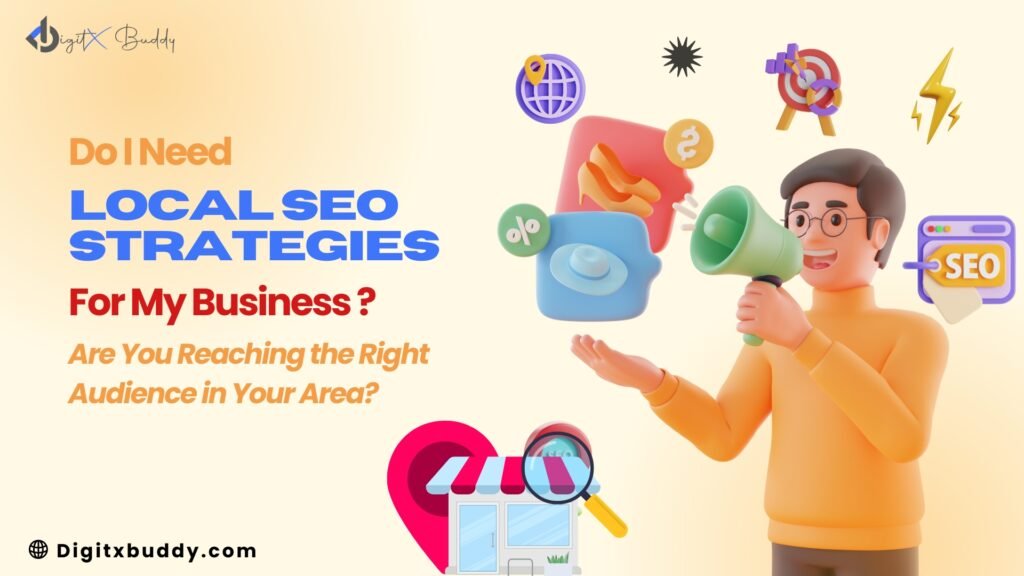Create impressive websites with the help of a expert web design agency
Create impressive websites with the help of a expert web design agency
Blog Article
Exactly How Effective Internet Style Can Enhance Your Search Engine Optimization Technique and Improve Individual Experience
The junction of reliable web design and search engine optimization is a crucial location for any organization looking for to boost its online presence. An instinctive design not only raises customer experience yet also considerably affects Search engine optimization performance by reducing bounce prices and boosting engagement metrics.
Importance of Internet Layout for Search Engine Optimization
Reliable website design is frequently undervalued in its influence on search engine optimization (SEO) A well-structured site not just enhances individual experience but additionally plays a crucial role in how internet search engine place web pages. Online search engine like Google prefer sites that display clear navigation, quickly packing times, and mobile responsiveness. These variables add to reduce bounce rates and greater customer involvement, which are crucial metrics for SEO success.
Moreover, website design elements such as clean code, enhanced pictures, and correct use of HTML tags substantially affect a site's crawlability. Internet search engine rely upon organized information to recognize website content and context, making it important for web designers to execute ideal methods. Additionally, the combination of SEO techniques within the design stage, such as including keyword phrases in titles, meta descriptions, and alt text for pictures, can boost exposure in search engine result.
Inevitably, prioritizing effective website design not just ensures a seamless customer experience however additionally establishes a strong structure for search engine optimization initiatives, causing enhanced natural traffic and boosted positions. Therefore, services need to acknowledge the intrinsic web link between website design and search engine optimization to attain online success.
Trick Design Elements for Individual Experience
Customer experience (UX) offers as a cornerstone for successful website design, affecting exactly how site visitors connect with a site and view its value. To optimize UX, several key layout aspects need to be focused on.
Firstly, user-friendly navigation is necessary; a well-structured menu and clear paths allow users to find info quickly, reducing frustration. Secondly, aesthetic pecking order plays a crucial role, leading customers' focus to crucial aspects via positioning, dimension, and color. This promotes quicker decision-making and boosts total engagement.
Moreover, a regular style motif enhances familiarity and count on, as individuals really feel much more comfortable browsing a site that aesthetically straightens throughout its web pages. Effective usage of white area also can not be forgotten; it prevents mess, allowing important content to stick out and making the website more absorbable.
Additionally, high-quality photos and graphics are vital, as they not only capture interest yet additionally convey professionalism. Last but not least, fast load times are non-negotiable; hold-ups can bring about greater bounce prices and diminished individual complete satisfaction. By concentrating on these vital layout aspects, businesses can considerably improve their customer experience, promoting positive communications that urge return check outs and conversions.
Mobile Responsiveness and Search Engine Optimization Effect
As website design increasingly prioritizes user experience, the value of mobile responsiveness can not be overstated. With a significant part of web traffic stemming from smart phones, a responsive style guarantees that navigate to this website websites are practical and accessible throughout various screen dimensions. This adaptability not just boosts customer complete satisfaction however likewise plays a crucial role in search engine optimization (SEARCH ENGINE OPTIMIZATION)

Integrating mobile responsiveness right into website design additionally cultivates better filling times, which is a vital consider both customer experience and search engine optimization positions. Slow-loading web pages deter users, causing greater abandonment rates and adversely affecting search exposure. Inevitably, focusing on mobile responsiveness not only you could try here boosts individual interaction but likewise reinforces a site's SEO approach, producing a more affordable on the internet visibility.
Website Framework and Navigating Ideal Practices
A well-organized site structure and intuitive navigation are crucial parts of successful internet design. They not only improve individual experience however likewise play a crucial role in search engine optimization (SEO) A clear hierarchy permits individuals and internet search engine to recognize the relationships between different web pages, improving the general functionality of the website.
To attain optimum website structure, implement a logical pecking order that classifies web content into major topics and subtopics. Use descriptive and keyword-rich URLs, as they supply context and boost search visibility. Additionally, guarantee that important web pages are quickly obtainable within 3 clicks from the homepage. This minimizes bounce rates and keeps customers engaged.

Measuring the Success of Website Design
Gauging the her comment is here success of website design entails evaluating different metrics that mirror customer engagement and total website performance. Trick performance indications (KPIs) such as bounce price, typical session period, and web pages per session supply understanding right into how users engage with the website. A high bounce price might suggest that users are not finding the web content engaging or pertinent, motivating a requirement for design or web content revisions.
Additionally, conversion prices are crucial for analyzing the effectiveness of internet design. A boost in conversions, whether through type submissions, product acquisitions, or newsletter sign-ups, usually associates with intuitive design and user-centered performances. Tools like Google Analytics can give detailed records on these metrics, enabling developers to determine trends and areas for renovation.
Ultimately, a mix of quantitative data and qualitative feedback develops a detailed photo of web layout success, making sure that it straightens with both Search engine optimization goals and individual expectations. By continually measuring these aspects, businesses can fine-tune their web design techniques to optimize individual experience and drive meaningful engagement.
Conclusion

As web style increasingly prioritizes individual experience, the importance of mobile responsiveness can not be overemphasized.Incorporating mobile responsiveness into web layout likewise cultivates enhanced filling times, which is a crucial factor in both customer experience and SEO rankings. Eventually, a mix of measurable information and qualitative feedback develops a comprehensive picture of web style success, making certain that it straightens with both SEO objectives and individual expectations. By regularly measuring these elements, services can refine their internet style strategies to enhance individual experience and drive purposeful involvement.
In final thought, reliable internet layout considerably improves Search engine optimization methods and user experience.
Report this page